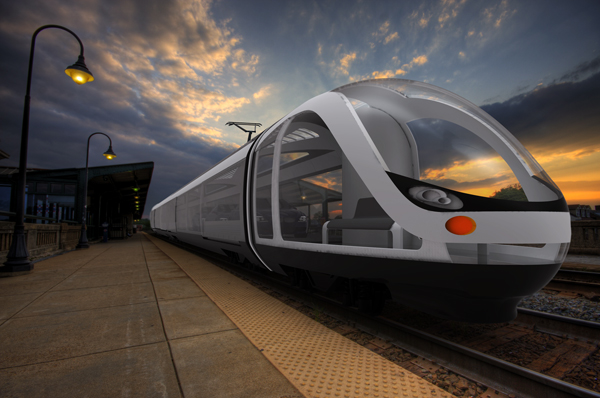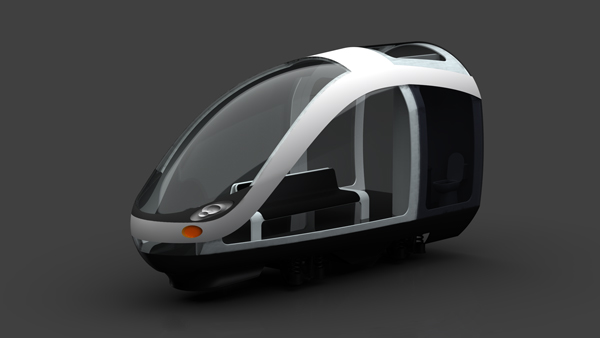Magnetic levitation is central to the fastest trains we know today, but it's that dependence on electromagnets and rails that limits how and where it's used for transportation. Aoyama Gakuin University has a unique alternative: changing the material properties themselves. By floating graphite over a bed of circular magnets, taking advantage of its tendency to generate an opposing magnetic field, researchers can move the graphite just by blasting its edge with a laser. The heat skews the magnetic behavior of that area enough to unbalance the graphite, either in a specific direction or a spin. The research team believes it could lead to maglev transportation or even energy converting turbines that are steered solely by light, with no contact or outside guides: maglev vehicle pilots could have much more control over where they go. Getting to that point will require a much larger scale, but successful development could give technology a very literal lift.
Filed under: Transportation, Science, Alt
Via: Phys.org
Source: JACS














